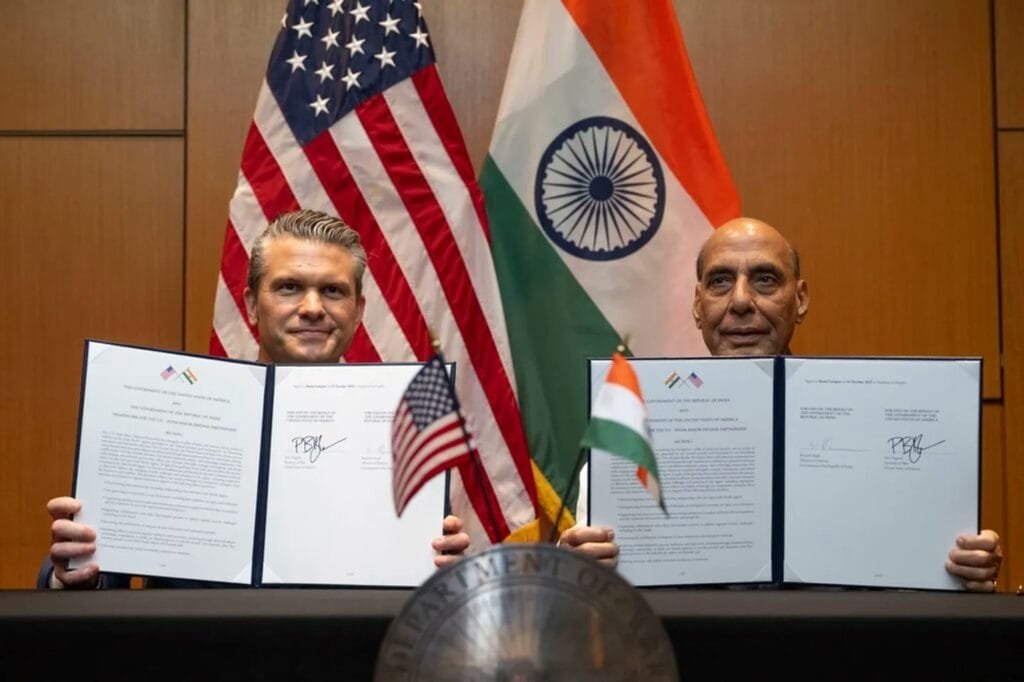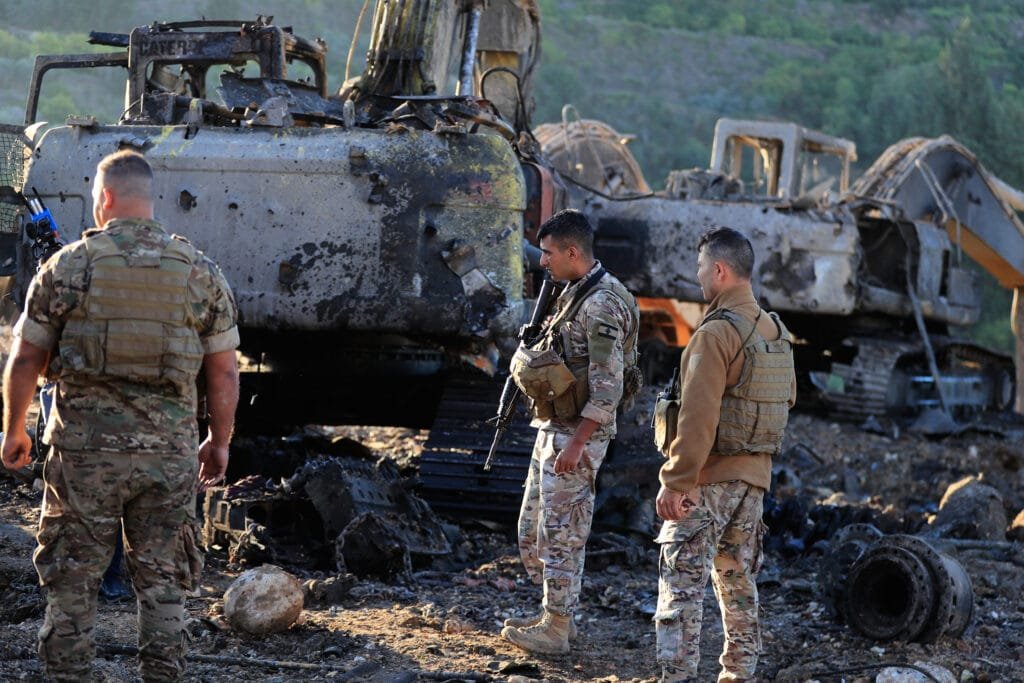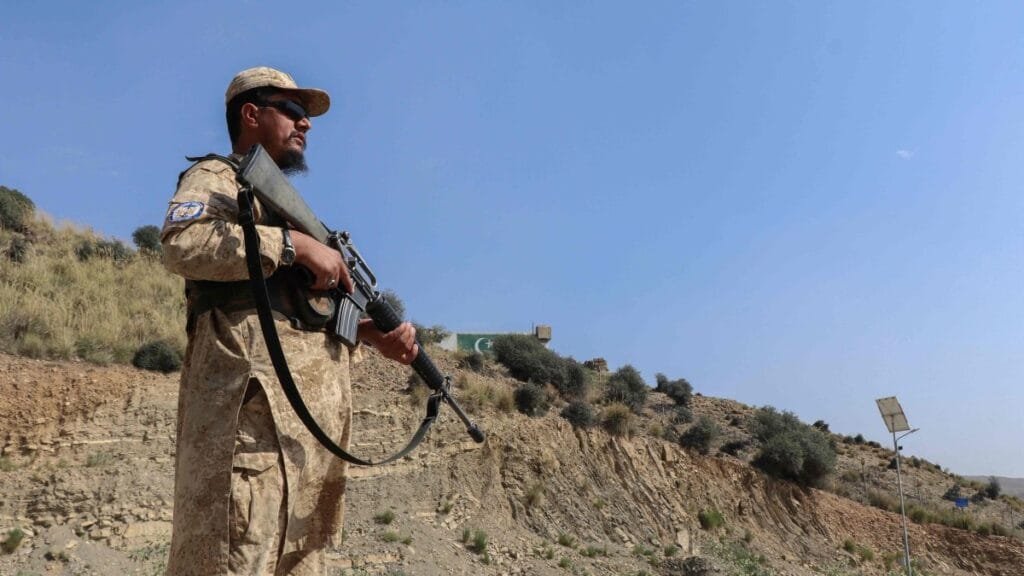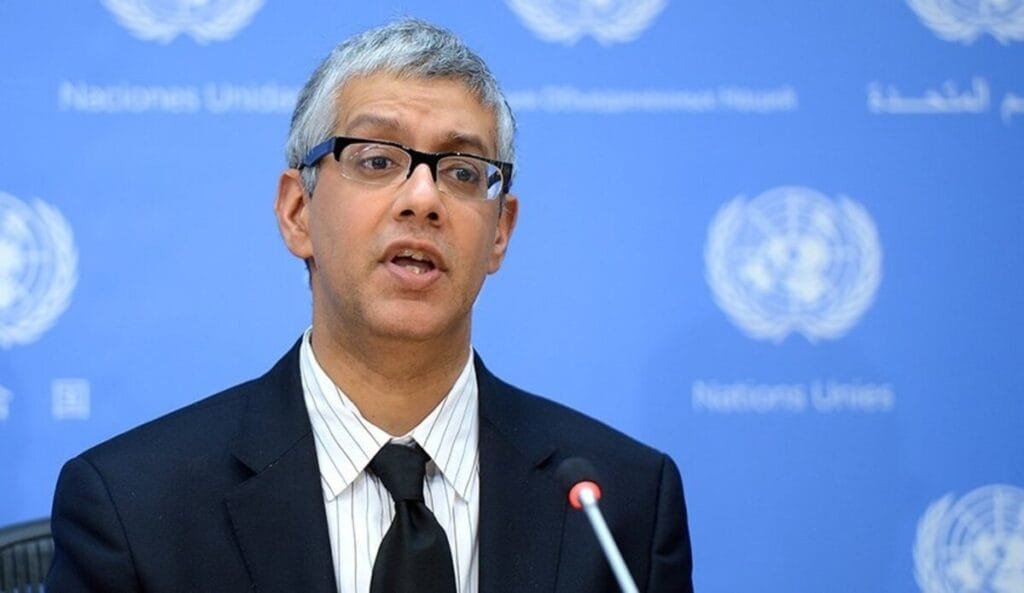Israel has announced daily “humanitarian pauses” in military operations across three densely populated areas of Gaza, Gaza City, Deir al‑Balah and Al‑Mawasi running from approximately 10 a.m. to 8 p.m. local time, accompanied by the creation of secure corridors for aid convoys operating between 6 a.m. and 11 p.m. to facilitate the delivery of food, water and medicine to civilians caught in a worsening famine. The initiative also includes resumed airdrops of aid conducted by Israel, Jordan and the UAE and the reconnection of Gaza’s desalination plant to Israel’s power grid to increase water output for around 900,000 residents.
The move is widely seen as a response to growing international outrage over starvation conditions in Gaza, where the World Food Programme estimates nearly 500,000 people especially women and children face famine-like conditions, with 90,000 needing urgent nutrition treatment. Gaza’s Health Ministry reported six new malnutrition deaths in the past 24 hours, with a total of 133 recorded deaths (87 children included), though aid workers caution these figures may understate the true toll.
While global aid agencies like the UN have welcomed the temporary openings, they stress that the measures are limited and must be part of sustained UN-led access at pre-war levels around 500–600 aid trucks per day to avert full-scale famine. The pause and accompanying aid corridors are viewed as a tactical response, not a ceasefire, with Israeli officials continuing strikes elsewhere in Gaza and denying that starvation is deliberate.
Aid groups emphasize that a single week of constrained pauses and minimal airdrops will not reverse mass starvation. Medical professionals warn that many children suffer acute malnutrition and need specialized treatment that can only be delivered through sustained and predictable aid access. As international pressure mounts, Israel’s policy shift signals growing recognition of the humanitarian crisis even as its military campaign continues unabated.





